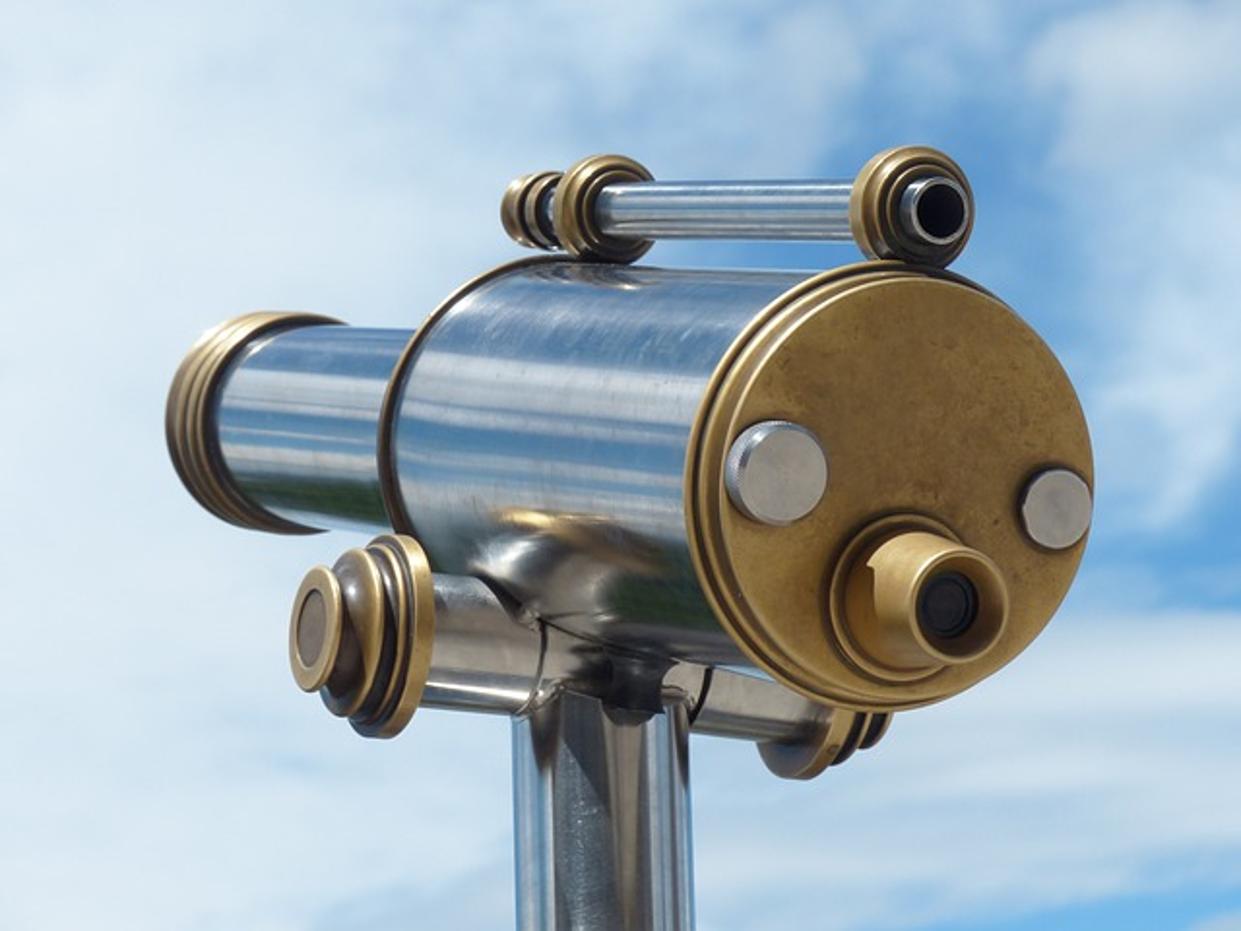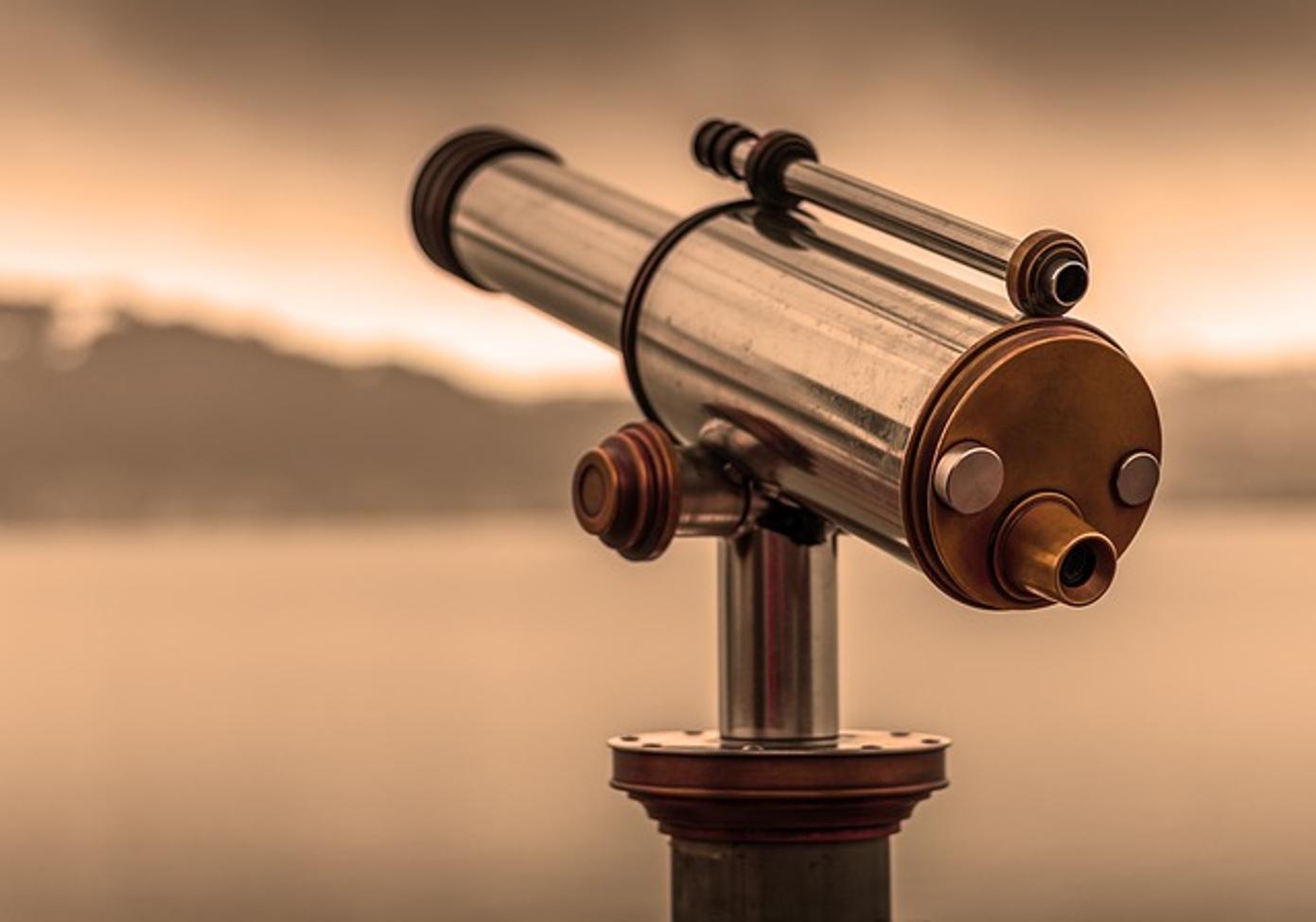How to Use a Telescope: A Comprehensive Step-by-Step Guide
Introduction
Have you ever gazed up at the night sky and wondered how you could get a closer look at those distant stars and planets? Telescopes offer a fantastic way to explore the universe from your backyard. Whether you’re a budding astronomer or someone just looking to get a better view of the night sky, learning how to use a telescope can be a rewarding experience. This guide will walk you through the basics, from setting up your telescope to advanced tips and maintenance care.

Understanding the Basics
Before diving into the practical steps of using a telescope, it’s essential to understand some fundamental concepts. Telescopes come in different types, primarily refractor, reflector, and compound.
- Refractor telescopes use lenses to gather and focus light.
- Reflector telescopes use mirrors, making them more suitable for observing deep-sky objects.
- Compound or catadioptric telescopes combine lenses and mirrors, offering versatility.
Understanding the various parts of a telescope is also crucial:
– Optical tube is the body of the telescope.
– Mount is what the telescope sits on and helps you aim at celestial objects.
– Finder scope is a small auxiliary telescope attached to the main telescope to help you locate objects.
By understanding these fundamentals, you’ll be better equipped to choose the right type of telescope and use it effectively.

Setting Up Your Telescope
Setting up your telescope correctly is the first step to a successful stargazing session. Follow these steps:
- Location: Choose a location with minimal light pollution. A clear, dark sky will enhance your viewing experience.
- Mount Assembly: Whether you have an equatorial or altazimuth mount, ensure that it’s stable. For equatorial mounts, align the polar axis with the North Star (Polaris).
- Attach the Optical Tube: Securely attach the optical tube to the mount. This usually involves tightening knobs or screws.
- Balance the Telescope: For equatorial mounts, balance the telescope to ensure smooth movement.
- Insert the Eyepiece: Start with a low-power eyepiece to make locating objects easier. You can later switch to a higher power for more detail.
- Align the Finder Scope: Point the main telescope at a distant object, then align the finder scope to the same object.
A correct setup ensures your telescope is stable and well-aligned, making your stargazing experience more enjoyable.
Using Your Telescope for the First Time
Now that your telescope is set up, it’s time to start observing. Here are the steps to follow:
- Start with the Moon: The moon is a great first object to observe. It’s bright and easy to find.
- Use the Finder Scope: Locate the moon through the finder scope, then fine-tune the focus using the main telescope.
- Adjust the Focus: Turn the focus knob slowly until the image appears sharp.
- Explore Other Objects: After you’ve comfortably observed the moon, move on to other celestial objects like planets and stars. Jupiter and Saturn are excellent targets for beginners.
- Stay Patient: Finding objects can be challenging at first. Take your time to practice moving the telescope smoothly.
- Keep Notes: Record what you see, the conditions of the night, and any adjustments you make. This can help you improve your skills over time.
Experiencing the clear sight of the moon or even Saturn’s rings for the first time is incredibly rewarding, motivating you to keep exploring.
Advanced Tips and Tricks
Once you’re comfortable with the basics, you can start to explore more advanced techniques to enhance your stargazing experience.
- Astrophotography: Attach a camera to your telescope to capture images of celestial objects.
- Filters: Use filters to improve the visibility of certain features. Moon filters reduce glare, while color filters enhance planetary details.
- Star Charts and Apps: Utilize star charts or smartphone apps to help identify objects in the night sky. They can be particularly useful for planning your observing sessions.
- Barlow Lenses: Use Barlow lenses to increase the magnification of your eyepieces without sacrificing quality.
These advanced methods can open up new aspects of stargazing that you never considered, making each night under the stars a new adventure.
Maintenance and Care
Maintaining your telescope ensures it remains in good condition and provides the best possible views.
- Cleaning: Use a soft cloth or compressed air to gently remove dust from lenses and mirrors. Avoid touching the optics directly.
- Storage: Store your telescope in a cool, dry place. Use caps and covers to protect lenses and mirrors.
- Regular Checks: Regularly inspect screws, knobs, and other components to ensure everything is tight and in good working order.
- Avoiding Moisture: If you’re viewing in humid conditions, bring the telescope inside to dry out to prevent mold or mildew.
By taking care of your telescope, you’ll ensure it lasts for many years and continues to deliver excellent observational experiences.

Conclusion
Learning how to use a telescope doesn’t have to be daunting. By understanding the basics, setting up your equipment correctly, and practicing with patience, you can enjoy countless nights of stargazing. Whether you’re observing the craters of the moon or the rings of Saturn, each night offers something new to discover.
Frequently Asked Questions
What can I see with a beginner telescope?
With a beginner telescope, you can easily see the moon’s craters, Jupiter’s moons, and Saturn’s rings. Under good conditions, you can also observe some deep-sky objects like the Orion Nebula and the Andromeda Galaxy.
How do I align my telescope properly?
Aligning your telescope involves setting up the mount correctly, usually by aligning the polar axis with Polaris for equatorial mounts. Use your finder scope to help locate and center celestial objects, then adjust the main telescope.
Why is everything blurry in my telescope?
Blurry images can result from several factors: poor focus, dirty lenses or mirrors, or atmospheric conditions. Ensure your telescope is well-focused by slowly adjusting the focus knob. Clean the optics if necessary and make sure you’re observing on a clear night.
